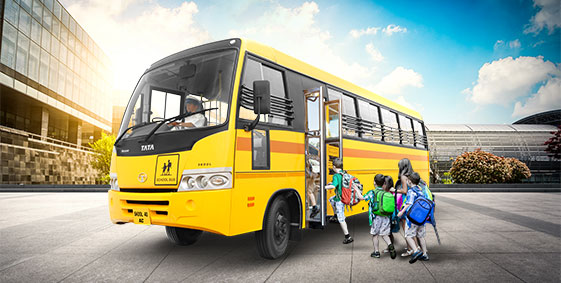School Bus Services

School buses in India are an essential part of the education infrastructure, providing transportation for students to and from school. They come in various sizes and conditions, depending on the region and the school’s resources. Here are some key points about school buses in India:
-
Types and Sizes: School buses in India range from small minibuses to large, full-sized buses. Some are equipped with basic amenities, while others may have more advanced features like air conditioning.
-
Safety Regulations: Safety is a major concern. Regulations often require buses to have certain safety features, such as GPS tracking, CCTV cameras, and trained drivers. However, enforcement can vary, and safety standards can be inconsistent.
-
School Bus Fleet Management: Many schools manage their own fleets of buses, but there are also private operators who provide transportation services to multiple schools.
-
Infrastructure Challenges: In many areas, especially rural or underdeveloped regions, the condition of roads and the availability of buses can be problematic. This can impact the reliability and safety of transportation.
-
Environmental Impact: With increasing awareness about environmental issues, there’s a push towards more eco-friendly options, such as electric or hybrid school buses, though these are still relatively rare.
-
Cost: The cost of running a school bus service can be significant, and in some cases, schools pass on this expense to parents. There can also be government subsidies or schemes to support transportation for students from economically weaker sections.
-
Student Experience: For many students, the school bus is a significant part of their daily routine and social life. It provides a chance to interact with peers outside the classroom and can be a source of both fun and learning.
If you have any specific questions or need more detailed information about school buses in India, feel free to ask!